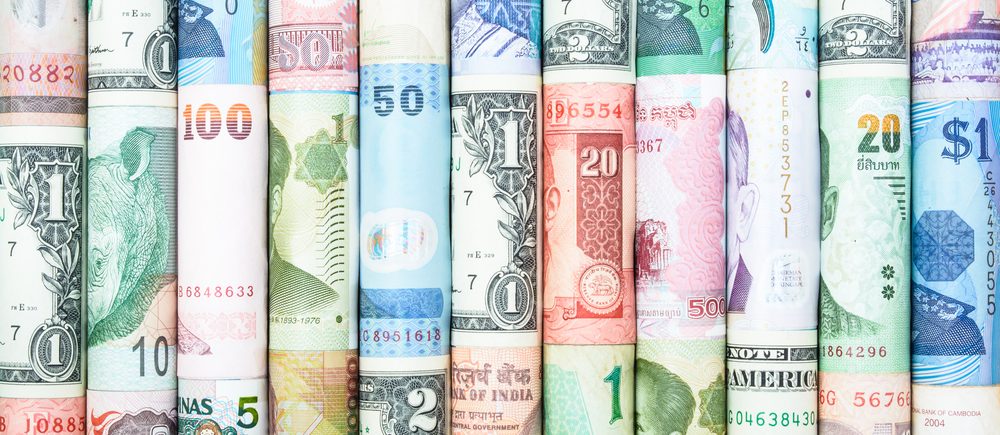The yen remained below the 145 level against the psychologically important dollar on Monday, while the US currency held firm against its most important competitors after economic data last week showed a slight decline in inflation and consumer spending in the United States.
The yen fell 0.09 percent to 144.45 per dollar to start the second half of the year, after losing 9 percent of its value against the dollar in the first six months.
The Japanese currency hovered around 157.66 per euro, near a 15-year low of 158 per euro that the yen touched last week. The yen rose to 183.58 per pound, the highest level since December 2015.
The yen fell from 145 per dollar briefly on Friday, hitting a near eight-month low of 145.07, as investors focused on whether the Japanese authorities would intervene in the currency market.
Finance Minister Shunichi Suzuki said on Friday that Japan will take appropriate steps to counter excessive yen weakness, in the latest comment from ministers and government officials.
Suzuki’s comments helped curb the yen’s losses on Friday.
This week, investors will focus on the minutes of the Federal Reserve’s June meeting, which are due to be released on Wednesday.
The Federal Reserve decided to keep interest rates unchanged at its June meeting, but hinted at the continued need for an increase of up to half a percentage point by the end of the year.
Last week’s economic data showed the strength of the US economy and eased recession fears, but reinforced expectations that the Federal Reserve would continue to tighten monetary policy.
But data released on Friday showed that inflation was better than expected in May, while consumer spending surprisingly slowed, in further evidence that US interest increases are achieving the desired goal.
The dollar index, which measures the performance of the greenback against a basket of major currencies, rose to 102.86, after falling 0.4 percent on Friday.
After rising nearly 2 percent in the first half of the year, the euro started the third quarter with a modest 0.05 percent increase to $1.0916.
The pound settled at $1.2704 on Monday, after rising 5 percent in the first six months of the year.
The Australian dollar rose 0.02% to $0.0667, and the New Zealand dollar rose 0.42% to $0.615.
 Noor Trends News, Technical Analysis, Educational Tools and Recommendations
Noor Trends News, Technical Analysis, Educational Tools and Recommendations





